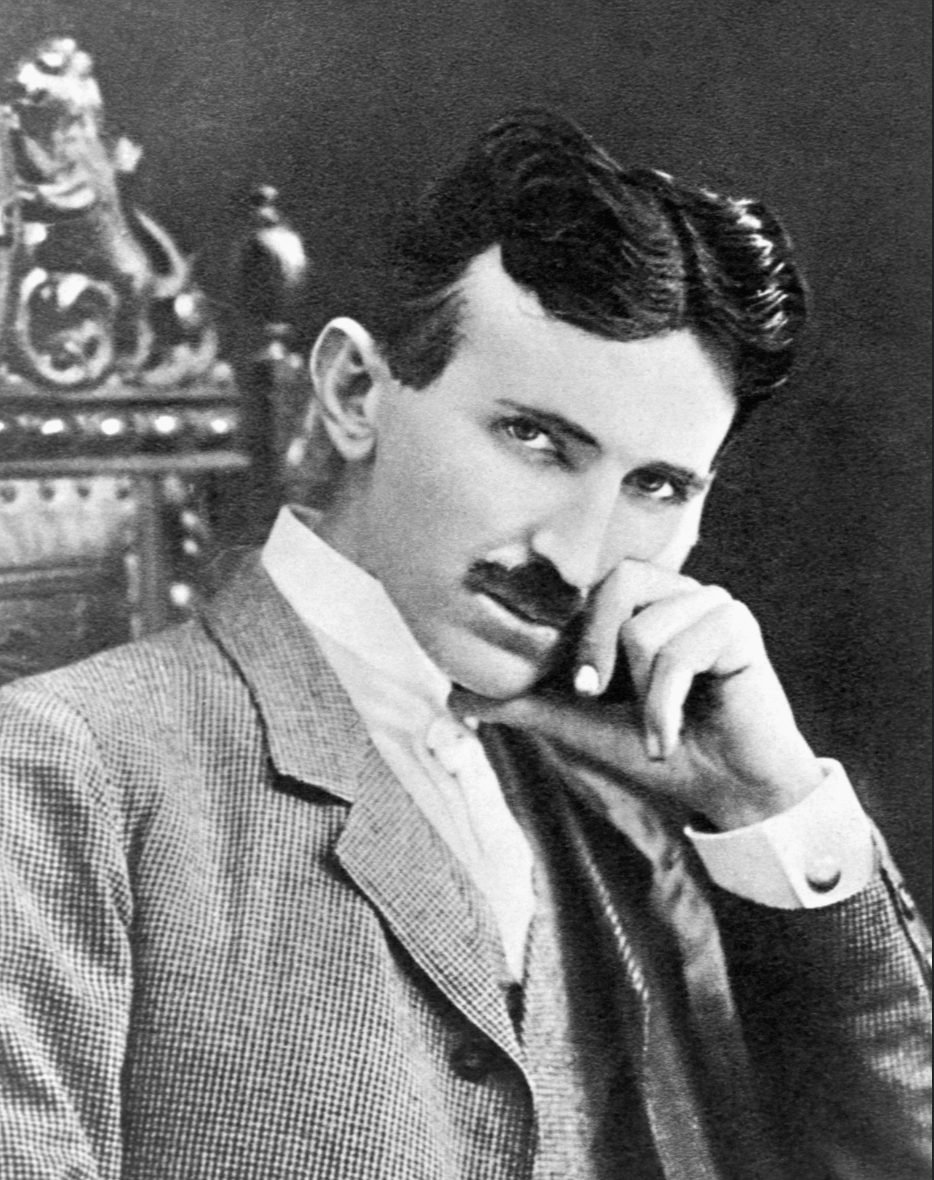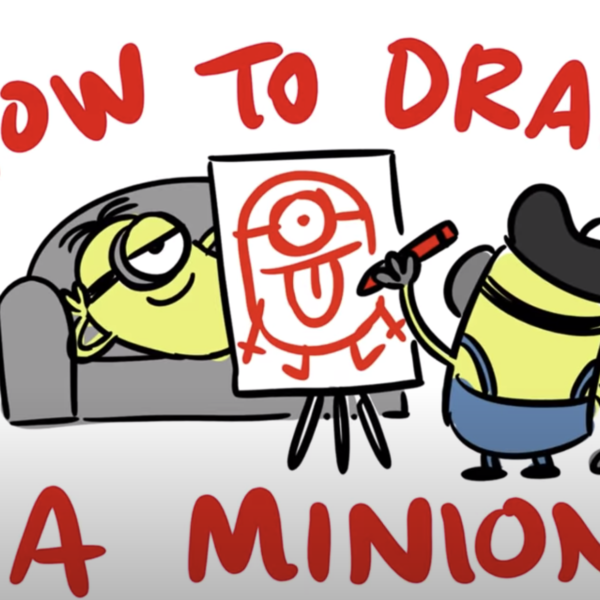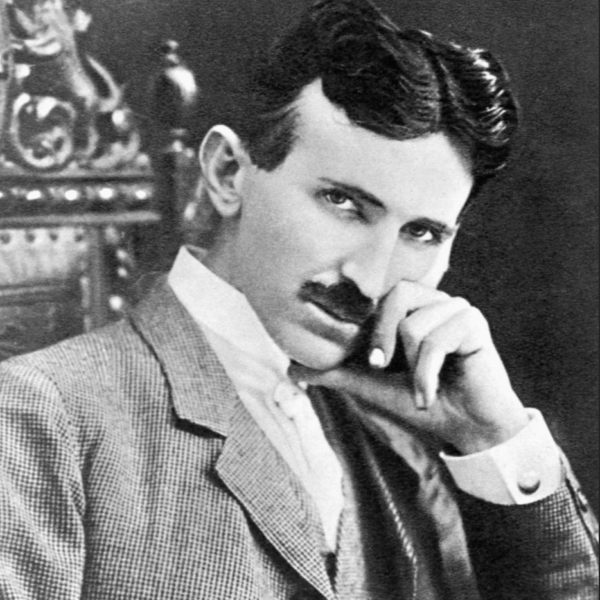
Nikola Tesla: The Genius Forgotten
Author: Shai Lang
How much do you know about the creator of remote control and alternate current motors? Many don’t realize how an unappreciated man such as Nikola Tesla could be so vital to the world of electricity. Tesla is well-known for his Tesla coil and alternate current (AC) motor. Even though many people know of Tesla’s achievements, they may not know that Tesla had an interesting upbringing, from his small and sometimes strange experiments to the bustling streets of New York. Along the way, Tesla learned and mastered very valuable life lessons. Tesla’s life full of curiosity in his childhood and young-adult life influenced his path to become a founding father of electricity because he was a visionary who used willpower and perseverance to brighten our world.
Tesla was a very frail and introverted boy in his small town in what is present-day Croatia. Although he was skinny, pale, and looked like he had lost a great deal of sleep, he would make up for it in his willpower. On top of that, Tesla was more susceptible to illness than a normal person would be. This quote from Tesla: Inventor of the Modern, Richard Munson explains Tesla’s battle and victory with malaria: “Tesla, in fact, was prone to disease, and he contracted malaria in the low and marshy Karlovac, which is positioned at the confluence of four rivers. Despite drinking enormous amounts of quinine, he suffered for months” (Munson 23). This quote shows Tesla’s willpower because malaria is a very hard infection to fight. This sense of willpower later helped Tesla stop himself from becoming lazy. For example, Tesla was very interested in playing pool and poker, sometimes spending a lot of his earnings on pool or poker. After a few weeks, he noticed his gambling was getting out of hand and completely stopped, no matter how much he loved it. Another example that describes Tesla’s willpower is when he gave up several habits that would take someone years to accomplish: “Tesla tempered several other habits and passions, too. Having been an obsessive smoker, burning fifteen or twenty big black cigars every day, he slowly realized the practice was damaging his health, so, according to Tesla, ‘my will asserted itself and I not only stopped but destroyed all inclination.’ He gave up coffee, worried that it was leading to heart trouble, although he confessed this particular discipline proved most difficult” (Munson 31). This shows Tesla’s willpower because habits such as smoking and drinking coffee are very hard to stop, much less stop longing for it. Giving up these habits led to Tesla living longer as he was prone to illness. It also gave him more time to work on his ideas. This would help Tesla later on in his life because he would be able to give up things that stopped him from making inventions.
Tesla was born during a very violent thunderstorm. The midwife was frightened, saying that Tesla would be “ a child of the storm” but his mother refused and said “No, of light.” What Tesla’s mother meant about him being a child of light is that he would persevere in everything he did to try to make the world a brighter place. A quote that best describes Tesla’s perseverance is when he discovers a way that he might be able to create a commutator-less motor:“‘I have solved the problem. Now I can die happy. But I must live. I must return to work and build the motor so I can give it to the world. No more will men be slaves to hard tasks. My motor will set them free. It will do the work of the world”’ (Munson 39). What Tesla is trying to create is known as a commutator-less motor. It is basically a motor that doesn’t flow electricity in a direct current but can alternate instead. This means that it can cover more distances and light up more houses with less motors. The fact that Tesla would even believe that this is possible shows Tesla’s perseverance because no matter where he was he was thinking of how he could accomplish his goal to build the motor. When Tesla discovered the motor, he was taking an evening stroll, reciting Goethe’s Faust and quickly drawing his idea in the dirt. This shows that no matter where Tesla was, it was all just the steps for him to accomplish his goal. Another quote that describes Tesla’s perseverance is when Tesla describes his AC motor to some of Edison’s engineers: “Tesla showed some Edison men his vision for an AC motor that utilized several alternating currents. ‘My idea,’ he said, ‘was that the more wires I used the more perfect would be the action of the motor.’ Yet the pragmatic and cost conscious Edison engineers scoffed at the scientist’s ideal, complaining copper wires were the most expensive part of an electrical distribution system; they wanted less, not more, wiring” (Munson 43). This shows that even though Tesla’s motor was deemed impossible by many, he still put every ounce of his effort into it. This later on helped Tesla to create other inventions. Tesla would not have invented remote control without his perseverance.
Tesla was also a visionary, being able to envision inventions in his head without putting them on paper or making a model out of them. A quote that describes Tesla’s ability to envision his projects is when he explains his process of inventing: “Later in life, he explained his creative process: ‘In my work, I first get a ‘feeling’ that there is a solution to a problem… then I think generally over the problems, not concentrating on any one point…Finally I close around on the idea, and the image that was at first blurred gets sharper and sharper–until in time it becomes a reality… I can give exact measurements to the workmen without having made even a sketch”’ (Munson 44-45). This shows Tesla’s use of his mind to envision all of his inventions because he clearly states that he doesn’t sketch a single thing on paper. To be able to have the brain capacity to do that and still safely go through daily life is quite incredible. This helped Tesla throughout his whole life because he could think of all of his inventions in his head without being worried that someone would copy his invention or that he would lose the plans for his invention. In the Britannica School article “Nikola Tesla” by Inez Whitaker Hunt, it shows Tesla’s visionary capabilities: “Tesla was a godsend to reporters who sought sensational copy but a problem to editors who were uncertain how seriously his futuristic prophecies should be regarded. Caustic criticism greeted his speculations concerning communication with other planets, his assertions that he could split the Earth like an apple, and his claim of having invented a death ray capable of destroying 10,000 airplanes at a distance of 400 km” (Hunt). Even though Tesla’s propositions seem far-fetched, his ability to come up with ways to back up his ideas were all the work of his mind being able to see visions. These futuristic prophecies made Tesla think of more intelligent life and even though people didn’t believe him back then, scientists still search the skies for signs of other lifeforms.
Because Tesla had willpower, persevered, and was a visionary, he could accomplish his goals for himself and the world. By accomplishing these goals, although becoming unappreciated, he made the world a brighter place both literally and figuratively. Because Tesla had willpower, he had the drive to continue his work and end his obsessive habits. By persevering, he was able to change the way electricity ran with his alternating current motor which used forces of nature that hadn’t been discovered yet. And with his uncanny ability to envision anything he wanted in his head with exact precision was incredibly useful in making sure that none of his work was copied or lost. In researching the life of Nikola Tesla, I have been inspired by his ability to get back up when knocked down. So many times he was pushed away because his designs were too costly, too risky, or too complicated, but no matter what he always reached his goal in the end. Without Tesla’s influence in the electrical world, the twenty-first century wouldn’t be as bright as it is today.
Tesla Coil:

Works Cited:
Munson, Richard. Tesla: Inventor of the Modern. W.W. Norton & Amp; Company, 2019.
Nikola Tesla Article: “Nikola Tesla.” Britannica School, Encyclopædia Britannica, 20 Mar. 2017. school.eb.com/levels/middle/article/Nikola-Tesla/71814#. Accessed 14 Apr. 2020




